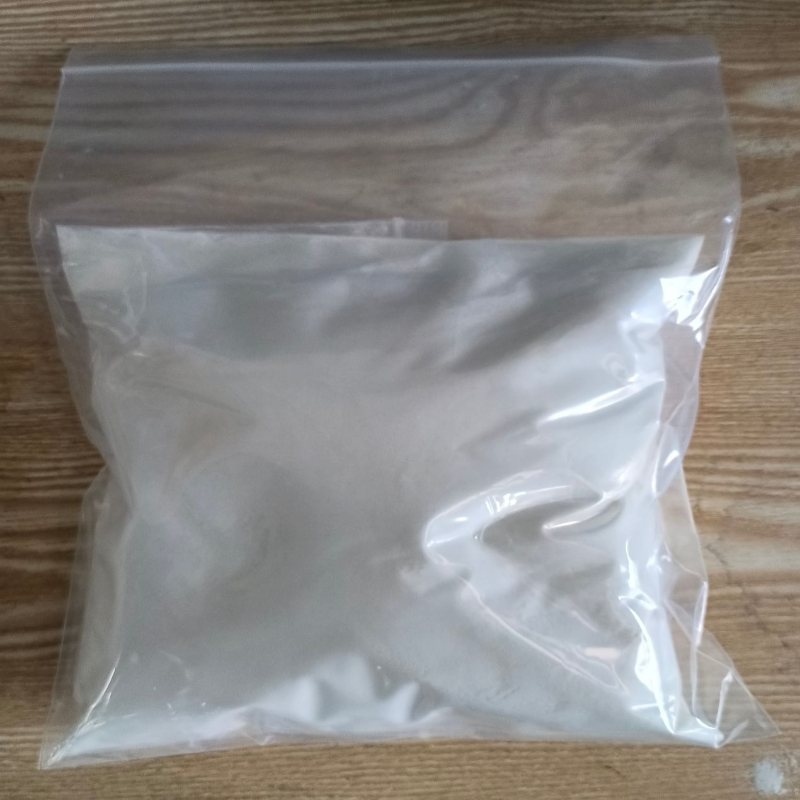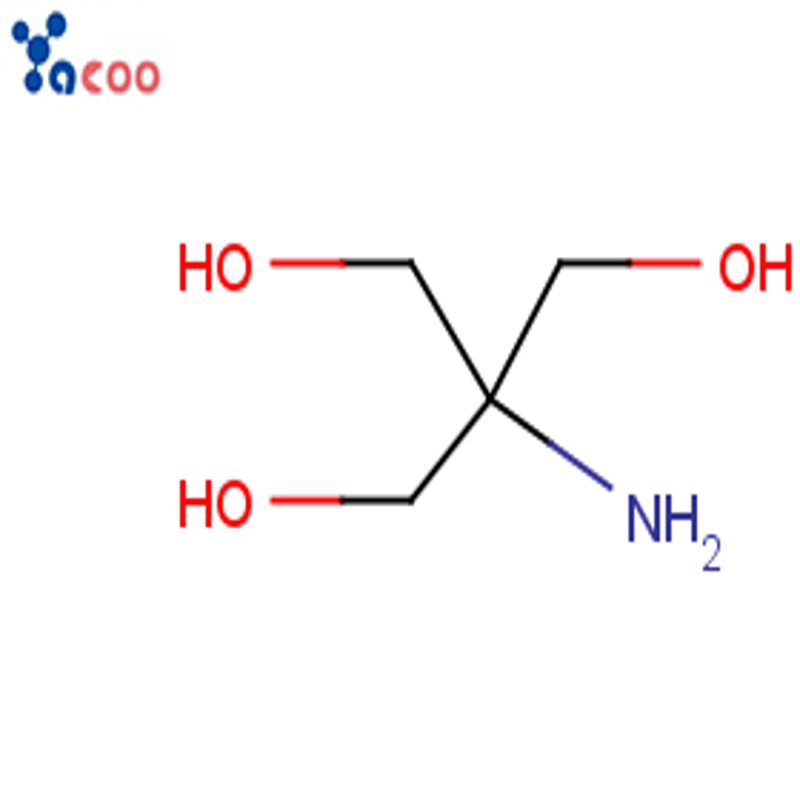-
Categories
-
Pharmaceutical Intermediates
-
Active Pharmaceutical Ingredients
-
Food Additives
- Industrial Coatings
- Agrochemicals
- Dyes and Pigments
- Surfactant
- Flavors and Fragrances
- Chemical Reagents
- Catalyst and Auxiliary
- Natural Products
- Inorganic Chemistry
-
Organic Chemistry
-
Biochemical Engineering
- Analytical Chemistry
-
Cosmetic Ingredient
- Water Treatment Chemical
-
Pharmaceutical Intermediates
Promotion
ECHEMI Mall
Wholesale
Weekly Price
Exhibition
News
-
Trade Service
Sodium dichloroisocyanurate dihydrate, also known as NaDCC, is a widely used disinfectant and sanitizer in the chemical industry.
It is produced through a multi-step process that involves the reaction of sodium chloride with chloramines and cyanuric acid.
The production process of NaDCC involves several steps, including preparation of raw materials, reaction, neutralization, filtration, and drying.
Preparation of Raw Materials
The production of NaDCC begins with the preparation of raw materials.
Sodium chloride is used as the primary raw material, which is mixed with water to form a solution.
Chloramines and cyanuric acid are then added to the solution, which undergoes a series of reactions to form NaDCC.
Reaction
The reaction step involves the reaction of sodium chloride, chloramines, and cyanuric acid to form NaDCC.
The reaction takes place in a reactor, where the mixture is heated to a specific temperature to accelerate the reaction.
The reaction is exothermic, and the heat generated is removed to maintain the reaction temperature.
Neutralization
After the reaction is complete, the mixture is neutralized to remove any remaining chloramines or cyanuric acid.
This is done by adding a neutralizing agent, such as sodium carbonate or sodium bicarbonate, to the mixture.
The pH of the mixture is then adjusted to between 7 and 8.
5 to ensure the stability of NaDCC.
Filtration
The neutralized mixture is then passed through a filter to remove any impurities that may be present.
The filter aids in removing suspended solids, such as undissolved NaCl, and ensures the production of a high-quality NaDCC product.
Drying
The filtered mixture is dried to remove any moisture that may be present.
This is important as moisture can affect the stability and efficacy of NaDCC.
The dried NaDCC is then packaged and ready for use in various applications.
Quality Control
To ensure the quality of NaDCC, various tests are conducted during the production process.
These tests include chemical analysis, physical testing, and microbiological testing.
Chemical analysis is used to determine the purity of NaDCC, while physical testing is used to determine the particle size and density of the product.
Microbiological testing is used to determine the efficacy of NaDCC as a disinfectant and sanitizer.
Advantages of NaDCC
NaDCC has several advantages over other disinfectants and sanitizers.
It is effective against a wide range of bacteria, viruses, and fungi, making it ideal for use in various applications, including water treatment, food processing, and healthcare.
NaDCC is also a solid substance, making it easy to handle and transport.
Additionally, it is less corrosive than other disinfectants, making it safe to use in various environments.
Conclusion
NaDCC is an essential chemical in the production of disinfectants and sanitizers.
Its multi-step production process involves the reaction of sodium chloride with chloramines and cyanuric acid, followed by neutralization, filtration, and drying.
The quality of NaDCC is ensured through various tests conducted during the production process.
NaDCC has several advantages over other disinfectants and sanitizers, making it ideal for use in various applications.







